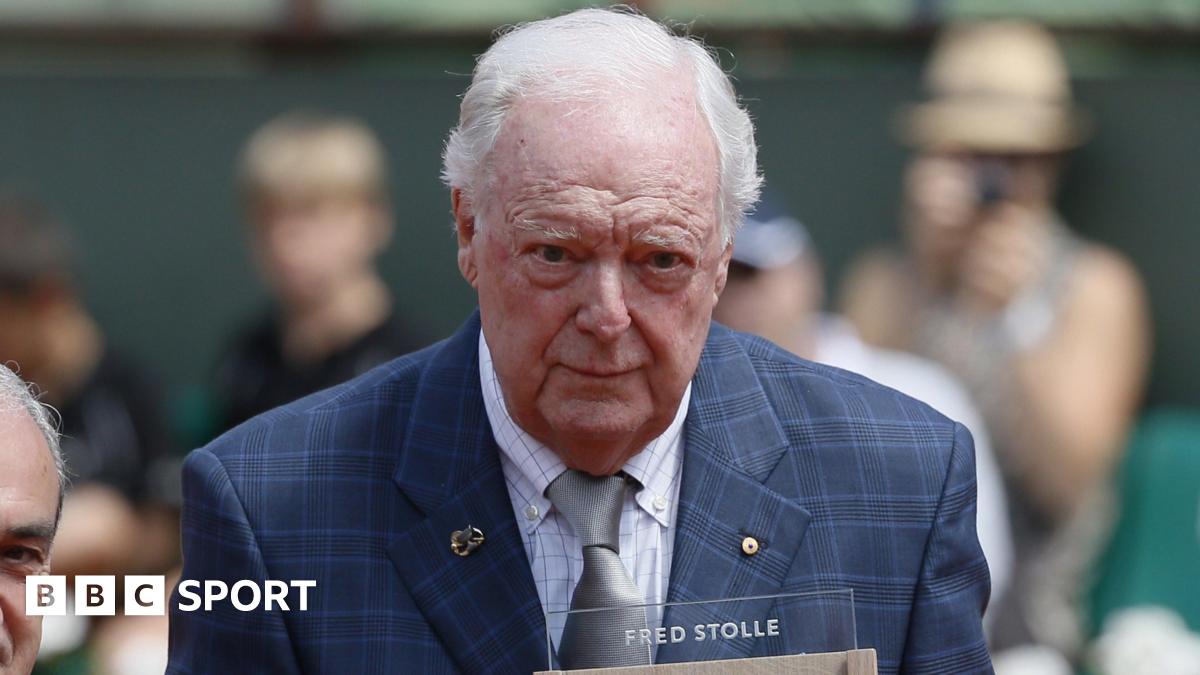World No 1 Jannik Sinner penalised after twice testing positive for banned substance

Jannik Sinner, the men’s tennis world No 1, has received an anti-doping sanction after twice testing positive for a banned substance. An independent tribunal has ruled that Sinner bears “no fault or negligence” for both positive tests, but Sinner has been stripped of his ranking points, prize money, and results from the BNP Paribas Open at Indian Wells in March.
An in-competition test at that tournament on March 10, 2024 detected an adverse analytical finding (AAF) for clostebol, a banned anabolic steroid which is a non-specified substance on the World Anti-Doping Agency (WADA) prohibited list. A second test, conducted out of competition on March 18, also detected a metabolite of clostebol.
The first sample was recorded at 76pg (picograms) per millilitre. The second was recorded at 86pg per millitire. One picogram is equal to one trillionth of a gram.
The benchmark sanction should a player be found at fault for violations of this nature is four years of ineligibility.
As a non-specified substance, an AAF for clostebol carries a mandatory provisional suspension from tennis. Sinner appealed against that suspension on both occasions, and so was allowed to continue to play, and rise to the top of the tennis world, as the investigation into whether he intentionally took the banned substance unfolded. He won the Cincinnati Masters title on Monday.
An independent tribunal appointed by Sport Resolutions, a private firm that often oversees doping cases, approved lifting both suspensions.
The International Tennis Integrity Agency (ITIA) investigation concluded with a hearing, also overseen by Sport Resolutions, on August 15. At that hearing an independent tribunal ruled that Sinner bore “no fault or negligence” for the two violations of the Tennis Anti-Doping Program (TADP). The Italian admitted both violations, and is able to continue to play as he has done since the tests were conducted.
In separate announcements Tuesday, ITIA and Sinner’s team said that the Italian had tested positive for low levels of the anabolic steroid, once used as part of the notorious East German state-sponsored doping regime in the 1960s and 1970s.
Sinner’s team and the ITIA stated that he cooperated fully with the investigation.
The ITIA investigation concluded that an over-the-counter healing spray containing clostebol had been brought to Indian Wells by Sinner’s physiotherapist, Umberto Ferrara. Ferrara acquired the spray, under the brand name Trofodermin, in February.
Sinner’s physiotherapist, Giacomo Naldi, then cut himself using a scalpel that he used to treat callouses on Sinner’s feet at the tournament. Naldi used the spray to treat the cut, and according to the full decision of the tribunal, “did not check the contents of the spray or see that present on the label of the canister was “clostebol.”
The physiotherapist then conducted massages and treatments on Sinner between March 5 and March 13. According to Sinner’s team statement, “the physiotherapist treated Jannik and his lack of care coupled with various open wounds on Jannik’s body caused the contamination.”
In the full decision published by the ITIA, Professor David Cowan, a scientific expert commissioned to review Sinner’s explanation, commented on the amounts of clostebol found in Sinner’s samples.
“Even if the administration had been intentional, the minute amounts likely to have been administered would not have had […] any relevant doping, or performance enhancing, effect upon the player.”
Sinner lost to Carlos Alcaraz in the semifinals of Indian Wells, and did not learn of the positive test until April — after winning the Miami Open. He was provisionally suspended between April 4 and April 5, and April 17 and April 20, according to the full decision in the tribunal published by the ITIA Tuesday.
“I will now put this very challenging and hugely unfortunate period behind me,” Sinner said.
“I will continue to do everything I can to ensure I continue to comply with the ITIA’s anti-doping programme and I have a team around me that are meticulous in their own compliance.”
Sinner loses 400 ranking points from Indian Wells (George Walker/Icon Sportswire via Getty Images)
Clostebol, which is considered a weak steroid compared with other performance enhancing drugs, can help build muscle and assist in the recovery process following an intense workout, allowing athletes to train harder. It is also found in various therapeutic creams available without prescriptions in various countries.
Jamie Singer, a lawyer for Sinner, described the Italian as the latest athlete to fall victim to the mistakes of his team, and said that the ITIA did not challenge his claim of innocence in regards to intentionally taking a banned substance.
“Under the rules he is responsible for his team members’ mistakes and those mistakes sadly led to the positive test,” Singer said.
Italian tennis players have previously tested positive for clostebol. Matilde Paoletti and Mariano Tammaro, both 17-years-old at the time, tested positive in 2021 when anti-doping was under the jurisdiction of the International Tennis Federation (ITF), according to a report in Honest Sport.
Both players were subject to a mandatory provisional suspension, because their results were AAFs. Neither player was nor is anywhere near close to the notoriety of Sinner, whose test was conducted in the weeks following a decision against the ITIA from the Court of Arbitration for Sport (CAS) in the most recent high-profile anti-doping case in tennis: that of former Grand Slam champion Simona Halep.
The ITIA had sought a six-year ban against the Romanian, having provisionally suspended her in October 2022, after she tested positive for roxadustat.

Halep returned to the tour in Miami in 2024 (Megan Briggs/Getty Images)
Halep argued that she had inadvertently ingested it through a tainted supplement her coaching team, including Patrick Mouratoglou, had recommended. CAS ruled that on “the balance of probabilities” Halep’s anti-doping violations were “not intentional.” It reduced her four-year ban to nine months — about half the time she had already served after her provisional suspension.
The Halep case sparked widespread demands from players and tennis officials for reform, as well as criticism of the ITIA’s prolonged investigation. Halep’s former coach, Darren Cahill, who now coaches Sinner, called for “false accusations and false narratives” around Halep’s case to stop in a now-deleted post on X in March.
The ITIA administers some 2,500 tests each quarter to tennis players of varying abilities and ages, though higher-ranked players are subject to the most testing. Tests take place during tournaments and out-of-competition, with players having to state their exact whereabouts for one hour each day, to allow for the ITIA to subject them to random blood and urine tests.
(Top photo: Minas Panagiotakis/Getty Images)
Related
Fred Stolle dies at 86: Tributes to Australian tennis great
"His legacy is one of excellence, dedication, and a profound love for tennis."His impact on the sport will be remembered and cherished by all who had the privil
Fred Stolle, Australian tennis great and dual grand slam champion,…
Australian tennis great Fred Stolle, a former world No 1, dual grand slam singles champion and three-times Davis Cup winner, has died at the age of 86.To modern
ATP Indian Wells Day 2 Predictions Including David Goffin vs…
Day 2 at the first ATP Masters 1000 of the season won’t feature the seeds yet, but it will surely feature plenty of tight and high quality matches in Indi
Kei Nishikori survives opener at Indian Wells
Japan’s Kei Nishikori overcame physical struggles in the third set before pulling out a 6-2, 5-7, 7-6 (3) win over Spain’s











